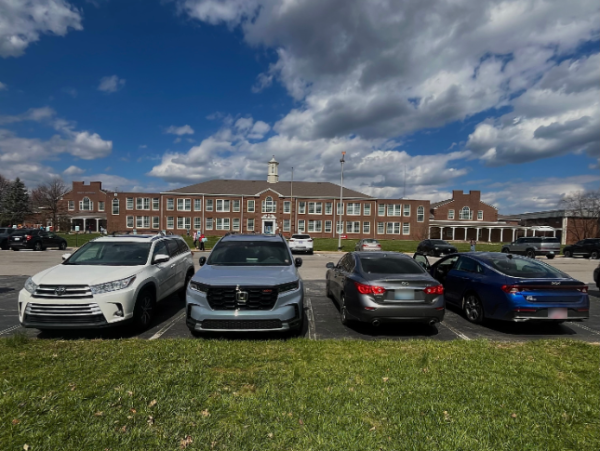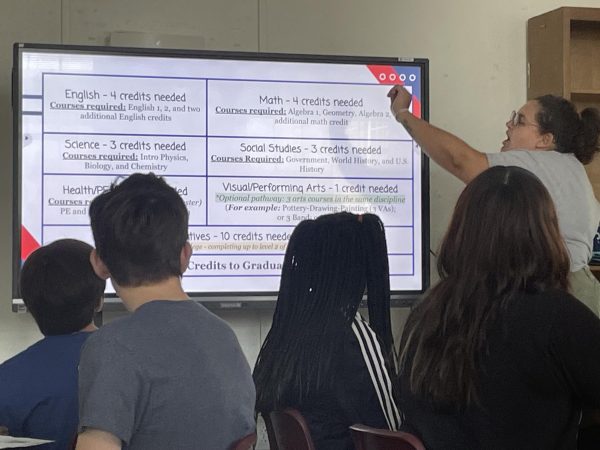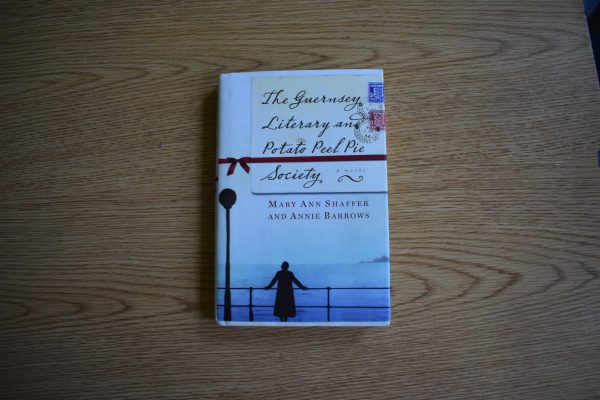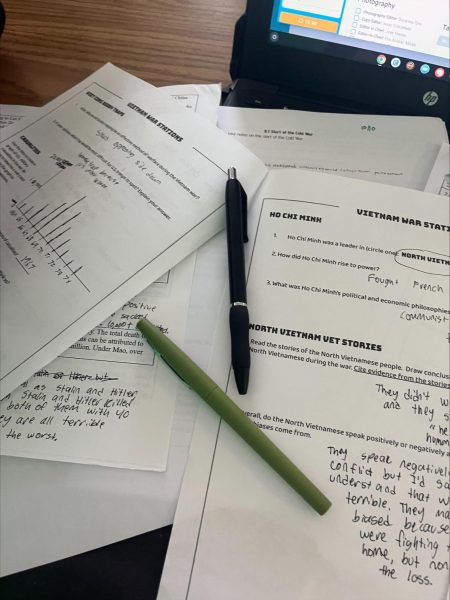Should Schools be Allowed to Ban Books?
Lexington, KY: A Lafayette student’s collection of banned books from their home library.
Have you tried to check out a book at your school library only to find that it was banned? If so, your book is part of the 1,500 books banned in American public schools. Many may think that the books being banned are not as important as other major social topics. Still, these decisions school boards are making affect how children will view many different matters later on in life.
WHY ARE BOOKS BEING BANNED?
The leading purpose for these books being banned is because they include what is thought to be explicit content, such as sexual identity. A new Oklahoma bill was created to prohibit public school libraries from “having or promoting books that provide readers with direct explicit – and gender identity content.” These bills for bans are being created all over the country. 1,586 book bans have taken place in 86 school districts throughout 26 states, including Kentucky.
The statistics of the books being banned don’t lie. In the article, Washington Post writer Hannah Natanson says, “The bans targeted 1,145 unique books by more than 800 authors, and a plurality of the books – 41 percent – featured prominent characters who are people of color. Thirty-three percent of banned books, meanwhile, include LGBTQ themes, protagonists, or strong secondary characters, and 22 percent ‘directly address issues of race and racism.’”
Most of these books are chosen for a ban because they all involve the concepts of these LGBTQ topics. Whether the whole book is about the idea of sexual identity or if it’s just one of the characters that end up falling under the specific category.
HOW DOES THIS IMPACT OUR CHILDREN?
Children’s education and development are compromised when these books are banned in school libraries. When books are banned, students’ imagination is limited to certain writing works. While some might say students are too young to read these pieces of literature, when these books continue to be banned, students are never able to learn more about these topics and develop their own opinions on them. Many books are banned on topics such as the LGBTQ+ community and ideas. The LGBTQ+ community plays a huge role in today’s world, with Kentucky’s community being 144,000 strong. If students aren’t allowed access to books surrounding the topic, they will never have the opportunity to become properly educated about the issues.
According to Elizabeth A. Harris – a New York Times writer – the book “All Boys Aren’t Blue” by George M. Johnson has been challenged for a ban in at least 14 different states.” The book was reported to include profanity and also LGBTQ+ content. “All Boys Aren’t Blue is the perfect example of how when books are taken away in school libraries, the truth on such topics is thrown out the window, and students lose their right to choose what to read.”
HOW DOES BOOK BANNING VIOLATE FREE SPEECH?
Some Lafayette students are also concerned that book banning takes away their first amendment rights.
“Yes, [Freedom of Speech] is a right that is very important to students…” commented Lafayette freshman Elizabeth Folsom. “Just because [students are] under 18 does not mean it’s not a right we don’t deserve.”
Elizabeth agreed that when school districts ban books, students’ rights to read what they choose aren’t even being considered. When books in your libraries are forbidden, the reality of real-life subjects are being concealed from students, and their first amendment rights as a citizen are violated.
Freedom of speech is the freedom to express information, ideas, and opinions without government restrictions. When students select a book to read, and it ends up being banned because of “explicit” content, the school district is violating students’ first amendment right by hiding the reality presented in challenged books.

Katelyn Conrad is a sophomore at Lafayette, and this is her second year writing for The Times. She is also a member of the Lafayette Student Council. Outside...











